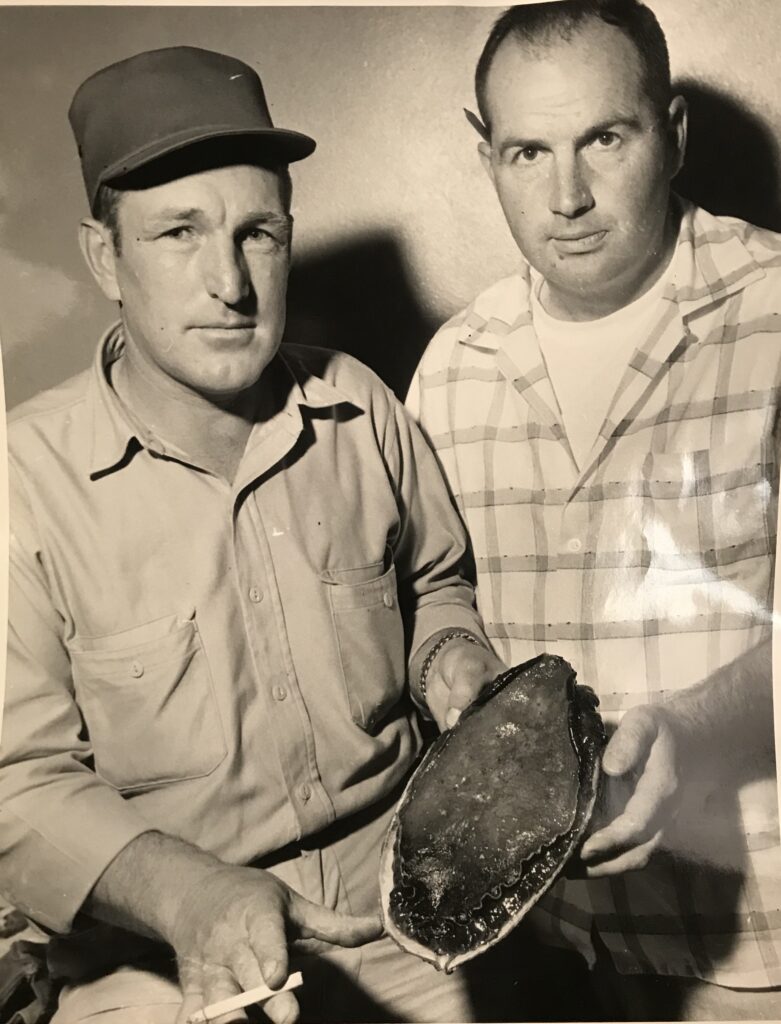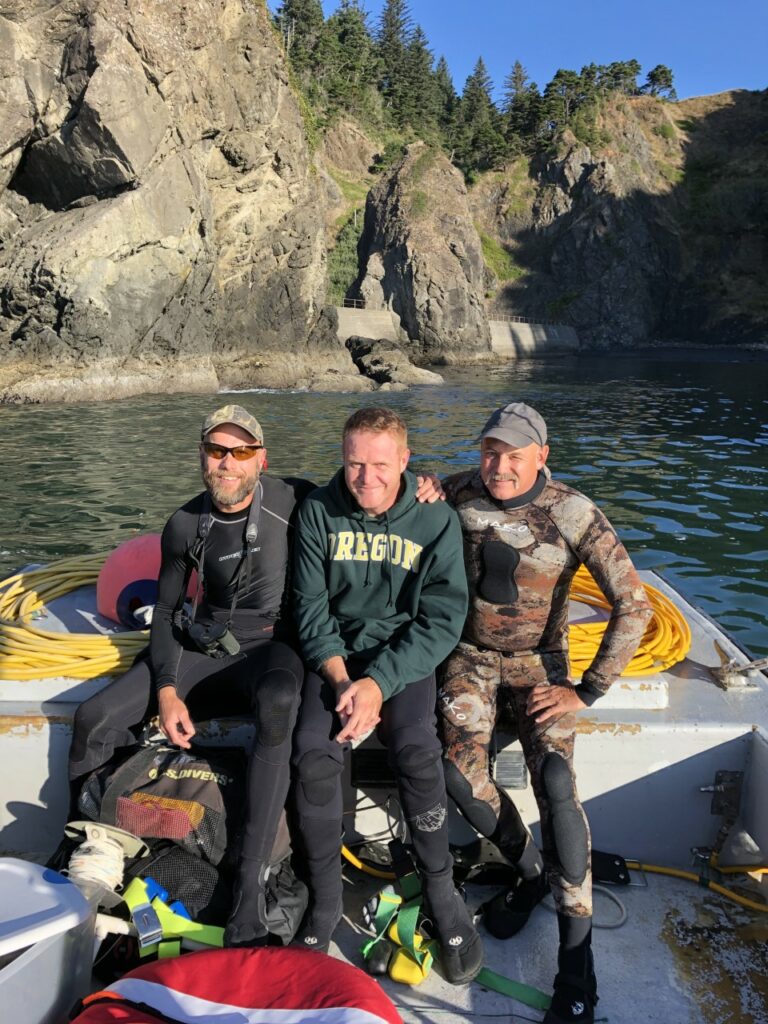The past two months have passed quickly as I completed the final site visits. I am now beginning to create one-page documents for policymakers and community members. During my last visit to E. Beaver Creek in Tillamook County, I observed various habitats and repeatedly remarked to my colleague, “this looks like a five-star place.” Inspired by these observations, I conceived the idea of writing Yelp reviews from the perspective of juvenile salmon to add a creative angle to a complex topic. I am eager to finalize my analysis and the one-page documents. Please enjoy the spin on yelp reviews below.
Salmon Habitat “Yelp Hotel Reviews”
As a young Salmon, my recent stay in this Oregon habitat was less than satisfactory. The water was murky and filled with debris and sediment, making it difficult to find food and navigate. The pollution levels were irritating to my health and well-being. The promised riparian vegetation was sparse, offering little protection and shade. The overcrowding due to insufficient space was one of the biggest issues with the stay. I felt increased competition and overall stress. There was nowhere to pull over and rest in a pool, or side channel. The water was fast-moving, and an area was closed due to inaccessible areas. Poor water circulation and temperature fluctuations caused a variable level of comfort. Overall, I hope significant improvements are made for future guests.
As a juvenile salmon, my stay had its ups and downs. The water quality and habitat weren’t the worst, but also not the best. There was some pollution and debris, but not in excessive amounts. There was a fair riparian vegetated area, but I would like to see more for additional shelter and protection. Food was available but very basic. The habitat was busy but not overcrowded. Some areas had more oxygen water and lower temperature levels but if I moved too much, it could change. There were a few small pools but it was very crowded. One area near a culvert was under construction and filled with material which slowed down traffic. Overall, I probably wouldn’t stay again at this location, but not the worst place I’ve ever stayed.
As a juvenile salmon adventuring out in the world with some travel experience, I would say this experience was average. The water was decent, there was little pollution and debris. There was riparian vegetation providing some shade, and protection that were nice hang-out spots. The food options were picked through but ok. The temperature was stable and the water was nicely mostly oxygenated in the areas I went to, but I did hear some complaints from other salmon who didn’t have as nice of a space. Comfortable stay for an overnight or short trip, overall satisfied.
As a well-traveled juvenile salmon rearing in the streams for a few months, my stay was good. The water was clear with very minimal pollution and debris. Navigation was easy, smooth, and overall very safe. Vegetation provided several areas providing plentiful shade, and protection, though you can always use more. The habitat was spacious enough and busy but never felt too crowded. There were several food options which was nice to mix it up. There was a fish ladder that added plenty of access to different areas. Water flow and oxygen levels were well maintained and consistent. Overall, this habitat supported a nurturing environment making it a great place to grow and thrive! I will come back here again!
As an ocean-ready salmon, my stay at this Oregon habitat spot was phenomenal, I wish I could have spent my entire rearing time here. The water quality was outstanding with clear water and filtered pollution. I did not have to navigate around any debris or obstacles. The vegetation was abundant and lush. The oxygen levels and temperatures were perfectly balanced. A bridge was installed overhead so I didn’t have to deal with any disturbances. The consistency created a comfortable and thriving habitat with plentiful food options and high-quality ingredients. Overall, this habitat exceeded my expectations and I highly recommend it to my fellow friends looking for a place to stay!
















